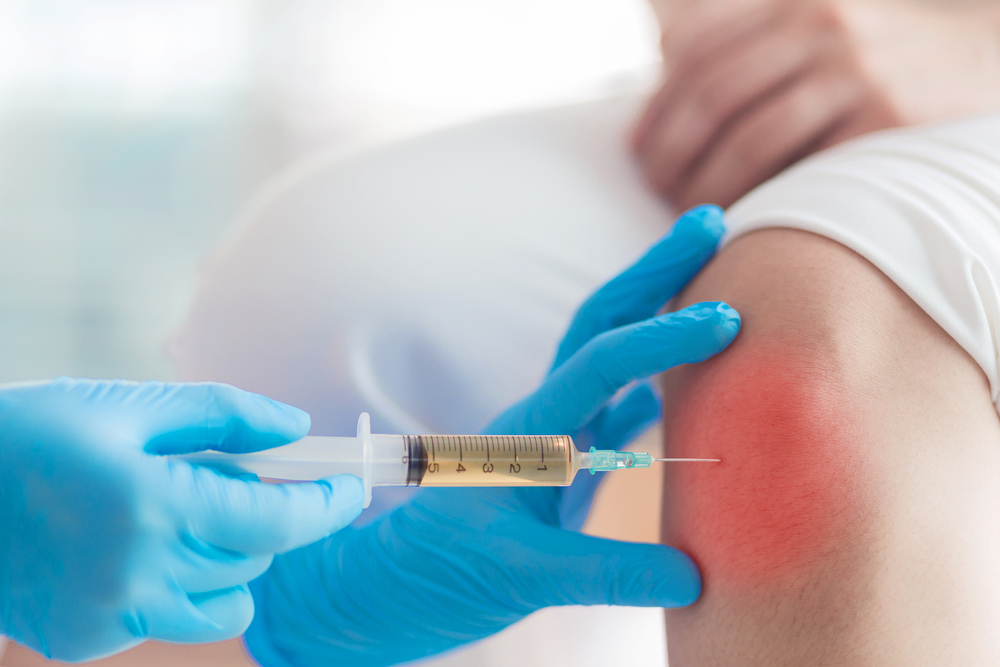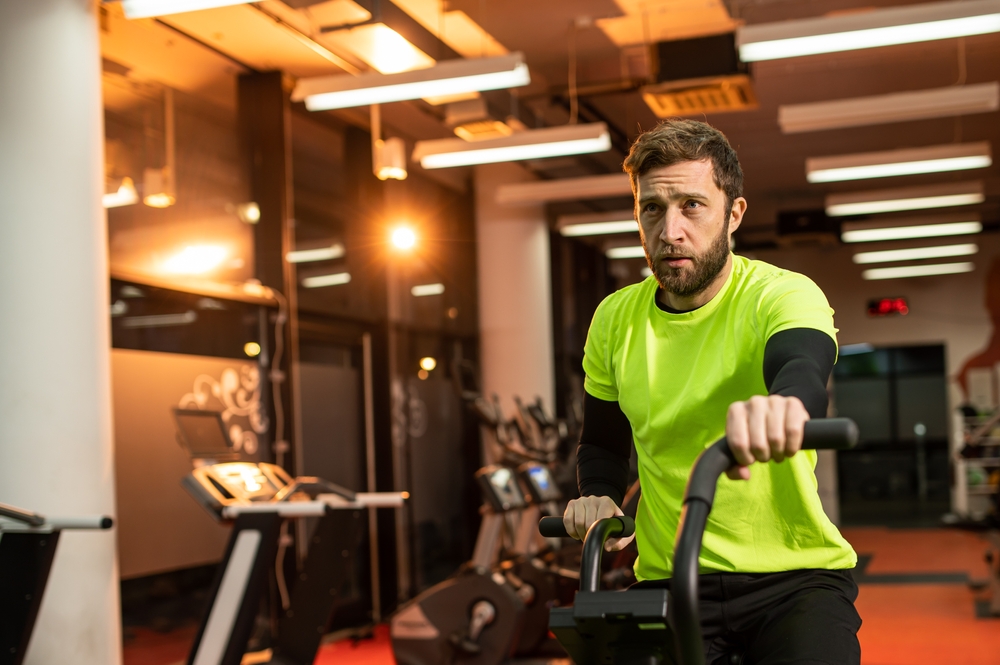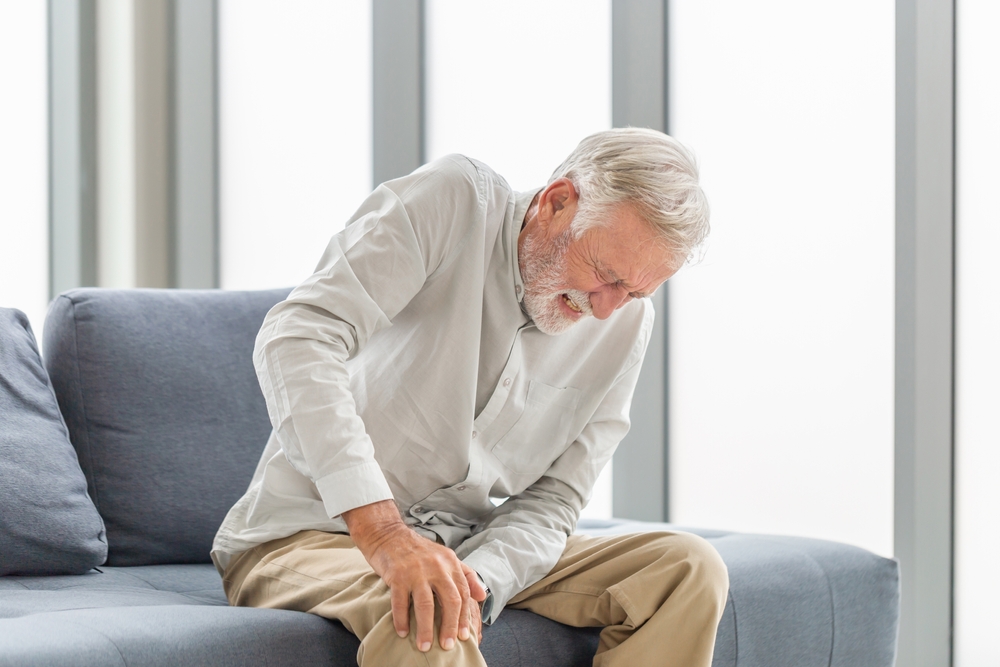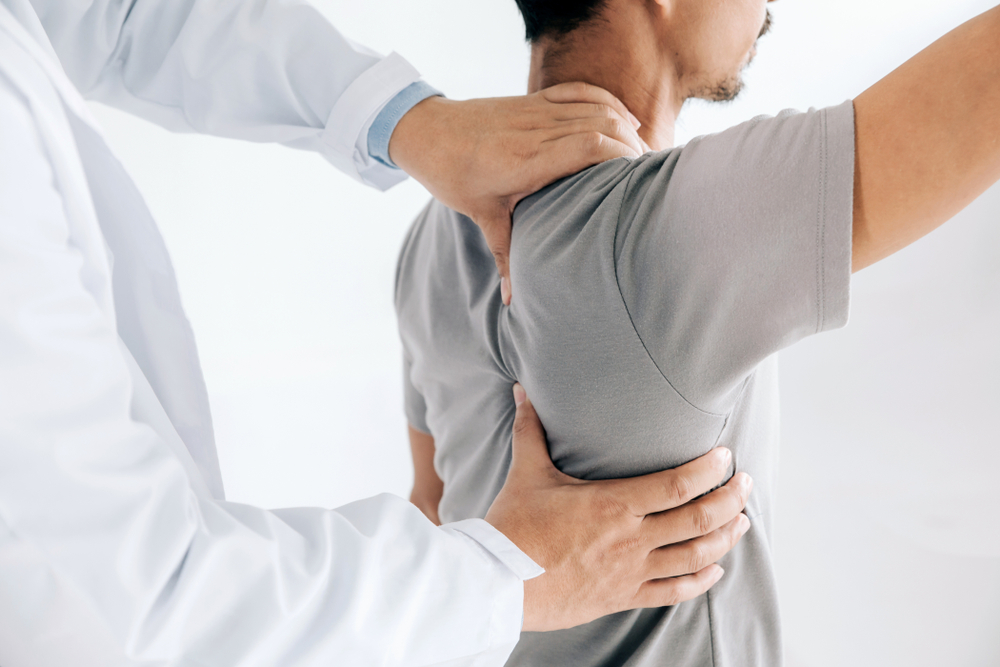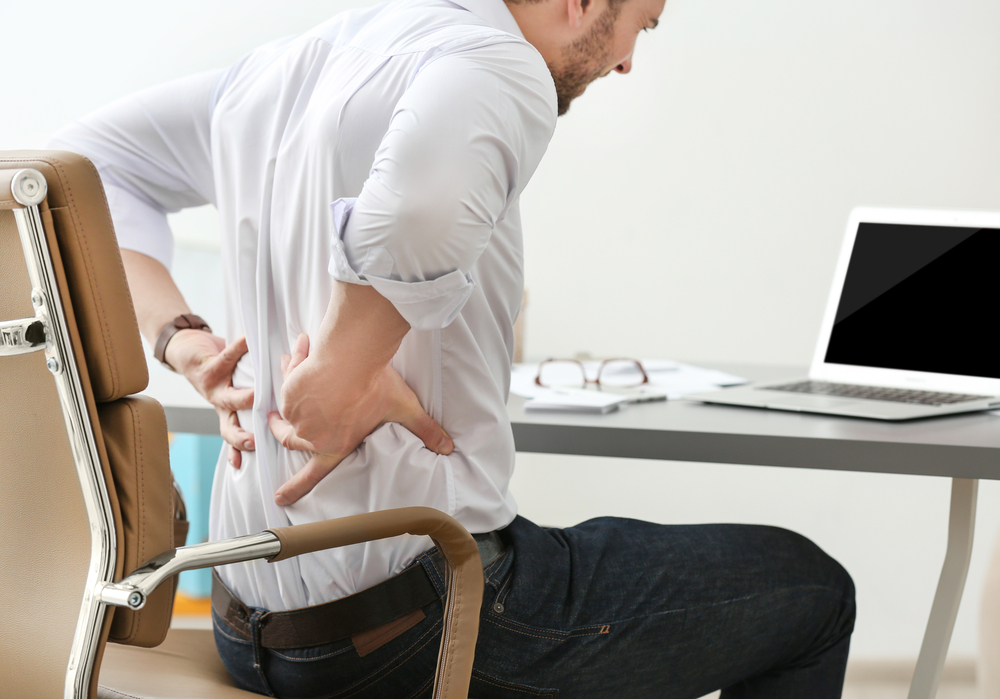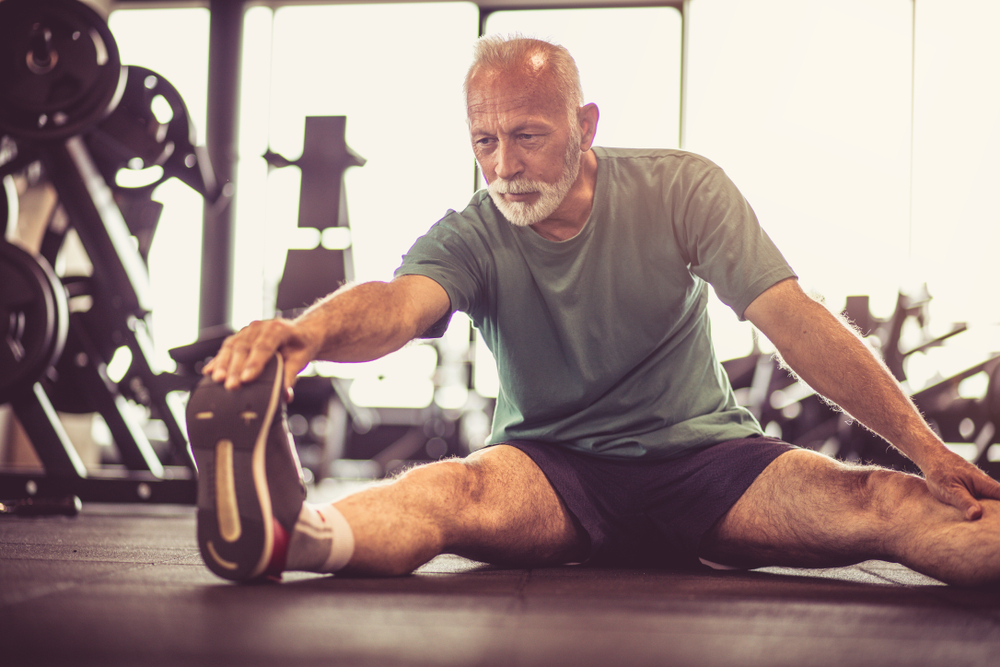Should You Consider PRP Treatment?
Platelet Rich Plasma (PRP) therapy is an innovative treatment that has gained popularity in recent years due to its effectiveness in treating joint pain, tendonitis, and tendinopathy. Known for being a non-surgical procedure, PRP involves using a patient’s own blood to promote healing and regeneration.
The use of Platelet-rich plasma stems from it being a concentration of platelet-rich plasma protein derived from whole blood. The plasma contains a higher concentration of platelets than normal, hence the name “platelet-rich.” Platelets contain growth factors and other bioactive proteins that promote tissue repair and regeneration. When injected into damaged tissue, these growth factors stimulate the body’s natural healing process, leading to faster recovery times and reduced pain.
PRP therapy is particularly effective in treating joint pain caused by osteoarthritis, as well as tendonitis and tendinopathy. Osteoarthritis is a degenerative joint disease that occurs when the cartilage that cushions the joints wears down over time. Tendonitis and tendinopathy are conditions that result from overuse or injury to tendons, the fibrous cords that connect muscles to bones. These conditions can cause pain, stiffness, and reduced range of motion. They can be very limiting for the patient and the new technology helps redirect the healing where it needs it most.
In PRP therapy, a small amount of blood is drawn from the patient and then spun in a centrifuge to separate the platelets from the other blood components. The platelets are then concentrated and injected directly into the affected joint or tendon. The procedure is minimally invasive and usually takes less than an hour to complete.
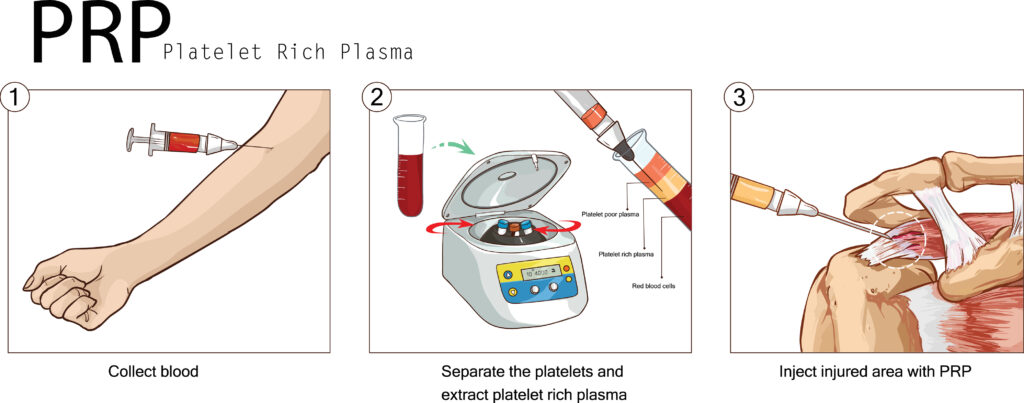
After the injection, patients may experience mild pain and swelling for a few days. However, this is normal and usually resolves within a few days. Most patients begin to see improvement in their symptoms within a few weeks of the procedure, with continued improvement over several months.
Are you interested in trying PRP therapy or looking for a doctor who offers PRP injections in Philadelphia? As a safe and effective treatment option for joint pain, tendonitis, and tendinopathy, PRP therapy offers a new route to a more comfortable day-to-day for patience. It works by using the patient’s own blood to promote healing and regeneration, leading to faster recovery times and reduced pain. If you are suffering from any of these conditions, PRP therapy may be a viable option for you. As with any medical treatment, it is important to discuss your options with your doctor to determine if PRP therapy is right for you. Contact our office today to learn more about our PRP therapy opportunities.

